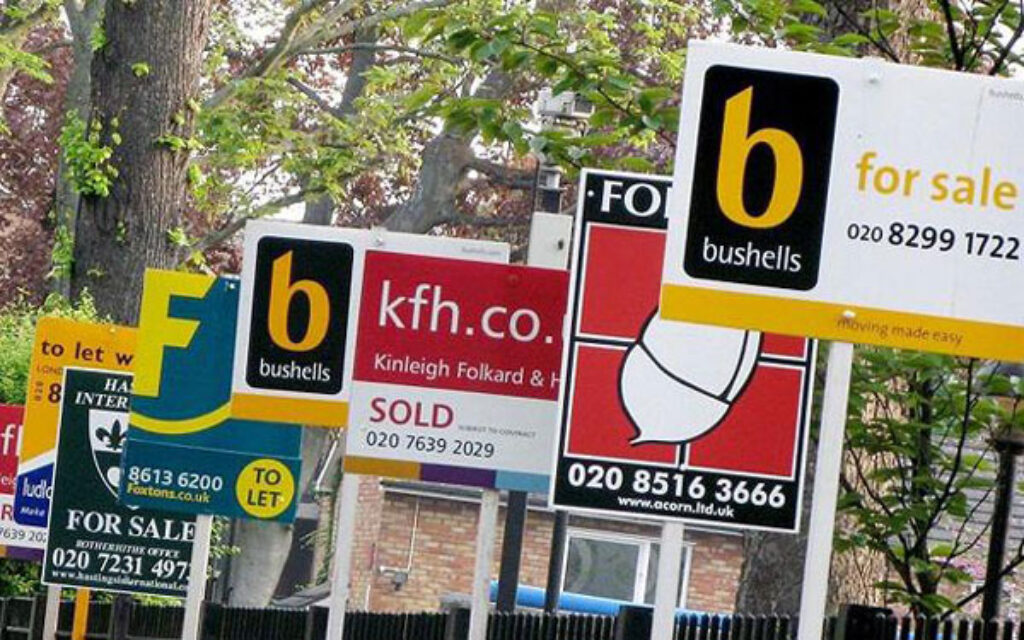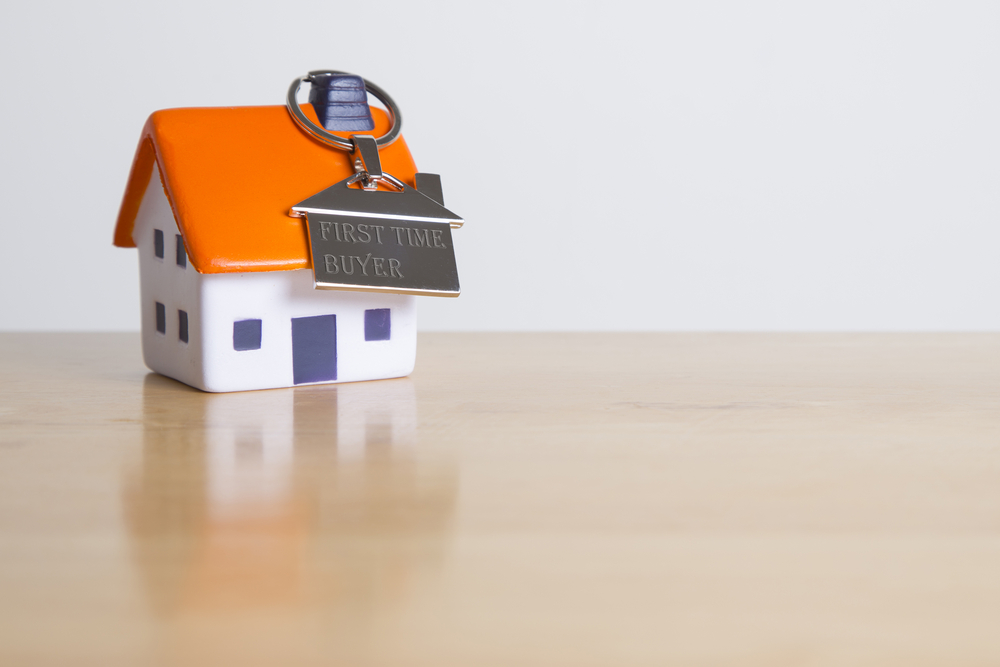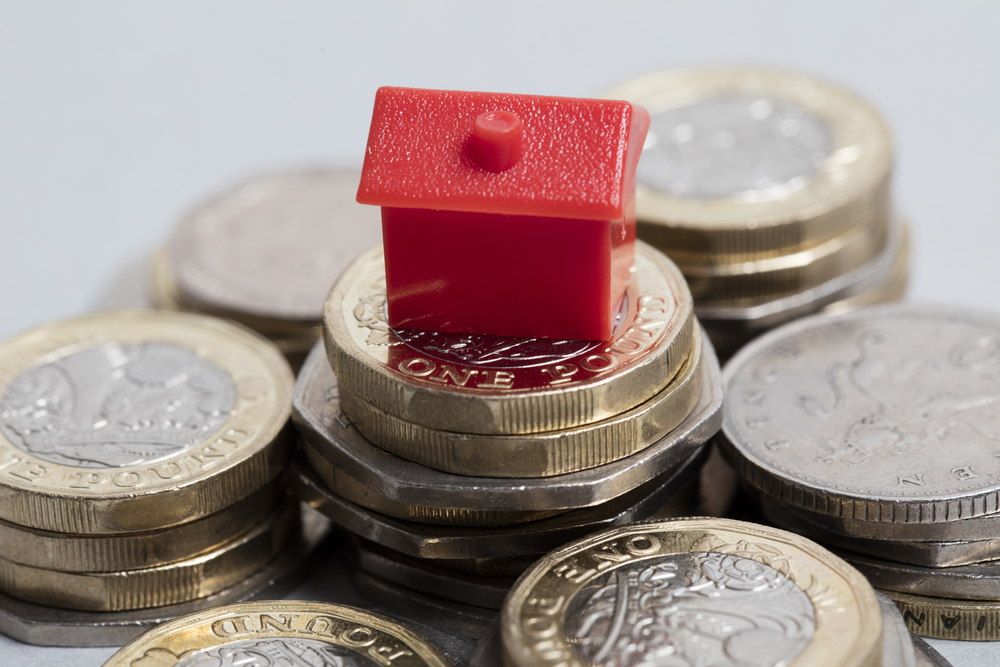UK property prices held up better than expected over the past year, falling by just 1% on an annual basis to sit at an average of £283,615, according to the Halifax House Price Index.
This time last year the average UK house price was £286,328, so the figure represents a fall of £2,713.
Halifax said there have been fluctuations in the property market this year with annual house price growth as high as +2.1% (January and February) and as low as -4.5% (August and September).
According to the building society, average house prices are now £44,439 (+18.6%) higher than at the onset of the pandemic (£239,176 in March 2020).
Property prices for homes bought by first-time buyers recorded slight growth (+0.5%) over the past year, while the amount paid by homemovers fell by -1.7%.
Northern Ireland saw the highest rate of annual property price inflation of any UK region or nation in the year to November 2023 at +2.3%. The South East of England recorded the biggest decrease, down by -5.7%.
According to analysts at Halifax, house prices are predicted to fall by between -2% and -4% in 2024, given the broader economic challenges, and the likelihood that mild downward pressure on house prices continues.
The building society noted that pressure on household finances – notably from inflation and higher interest rates – has impacted housing affordability, leading to fewer completions.
House price resilience
Kim Kinnaird, director at Halifax Mortgages, said: “UK property prices held up better than expected over the last year, falling by just -1.0% on an annual basis, to now sit at £283,615. This resilience – which owes more to the shortage of available properties for sale than strength of demand among buyers – means average house prices end the year just 3% down on August 2022’s peak (£293,025) but £44,000 above pre-pandemic levels.
“To some extent this masks the fluctuations we’ve seen in the housing market throughout 2023. As wider economic headwinds began to bite, house prices fell for six consecutive months between April and September, before rising again later in the year as prospects improved. And it’s a mixed picture across the country too, with some areas still seeing annual growth, such as Northern Ireland at +2.3%, while in regions like the South East of England house prices continued to drop (-5.7%).
“Higher interest rates, and the resulting squeeze on affordability, gave many potential home buyers pause for thought when considering making a move over the last year. Mortgage approvals were down a quarter across the market, while overall housing transactions were a little under 20% down – both the lowest in at least a decade.
“As homeowners were hesitant to move, there was a natural reduction in the stock of available properties. Crucially, with unemployment levels only seeing a marginal increase, and many homeowners protected from the immediate impact of rising interest rates by fixed rate deals, there doesn’t appear to have been a spike in the number of ‘forced sales’ – those who feel compelled to sell but would prefer not to, typically triggered by financial pressures.”




